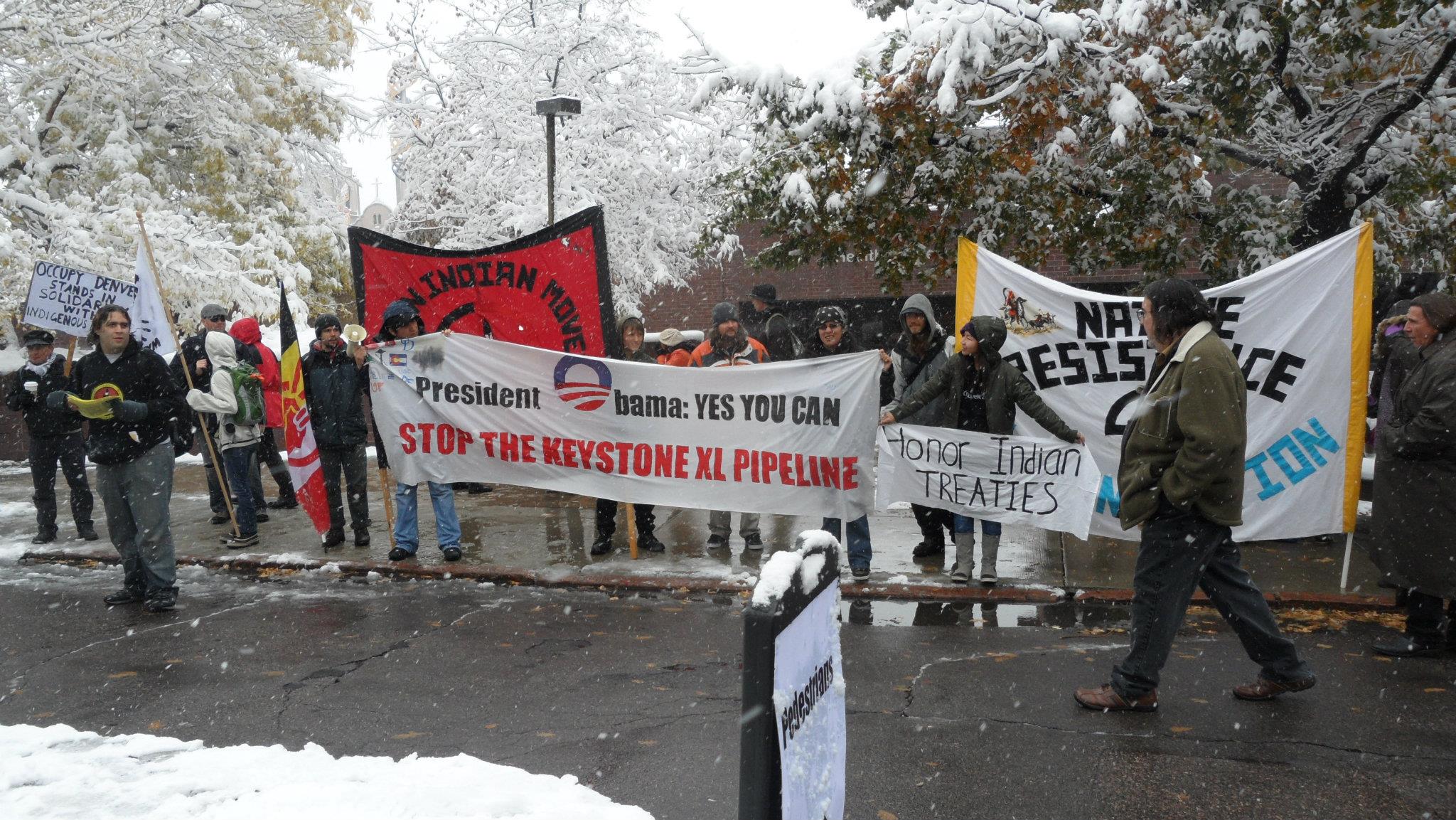False Solutions
False Solution 1:
False “Renewables”
What gets listed under the “renewable energy” umbrella can vary greatly depending on the politics of who’s presenting. For instance, the majority of the “green” corporate sector highlights that energy transition is not possible without the use of nuclear energy, biofuels, and mega-dams. While that point is not entirely untrue, the necessity of these alternatives are entirely based on the desire to hold on to the extractive neoliberal capitalist system that brought us to this crisis in the first place. What proponents of such large scale industrial energy alternatives focus on is their “carbon neutral” footprint while failing to mention just how dangerous and destructive mega dams, nuclear energy, biofuels and incinerators are to planetary and community health. Such high-cost large scale projects also go in opposition to the principles of Energy Democracy and are not meant to benefit communities directly but rather serve as a substitute for profits currently made in the fossil fuel industry,
Below is a short list of false “renewables” and cooresponding organizations working to resist their negative impacts on their communities:
Nuclear Energy
As pointed out by Friends of the Earth International, “Nuclear power is a highly dangerous, high-cost energy source which poses the threat of nuclear proliferation and a severe risk to human life and the environment. Its potential as a major source of destruction has been clearly and repeatedly demonstrated.”Friends of the Earth International:
FoE’s nuclear campaign works to reduce risks for people and the environment by supporting efforts to close existing nuclear reactors and fighting proposals to design and build new ones.
Mega-dams
Large-scale hydroelectric dam projects (aka mega-dams) drive extinction of species, massive displacements of entire villages, flood forests and wetlands, and are thus not a viable strategy for a Just energy Transition. (Read more about the injustices perpetrated by mega-dam projects on our Water page)International Rivers is part of the global struggle to protect rivers and the rights of communities that depend on them.
- 10 Things you Should Know About Dams
- Problems with Big Dams [Video]
- Learn more about Dams & water justice issues on our Water sector page
 "Three Gorges dam" by hughrocks is licensed under CC BY-SA 2.0
"Three Gorges dam" by hughrocks is licensed under CC BY-SA 2.0
Biofuels
Growing biomass requires vast amounts of precious farm and forest land in order to produce a tiny fraction of energy (read more on why monocrops and the industrial agriculture system are deeply damaging to the soil and entire ecosystems on our Food page).Biofuel Watch provides information, advocacy and campaigning in relation to the climate, environmental, human rights and public health impacts of large-scale industrial bioenergy.
Incineration
There is nothing “renewable” about burning waste that took many precious resources to produce in the first place. Moreover, incineration is incredibly dangerous as it releases high quantities of toxic air and water pollutants and threatens public health of communities living in proximity to incinerators, which are disproportionately low income and communities of color.Global Alliance for Incinerator Alternatives: GAIA aims to catalyze a global shift towards environmental justice by strengthening grassroots social movements that advance solutions to waste and pollution. GAIA envisions a just, zero waste world built on respect for ecological limits and community rights, where people are free from the burden of toxic pollution, and resources are sustainably conserved, not burned or dumped.
More reading resources:
- U.S. Municipal Solid Waste Incinerators: An Industry in Decline, TEDC
- “Waste-to-Energy” has no place in Africa, GAIA
- Facts about “Waste-to-Energy” Incinerators, GAIA
False Solution 2:
Carbon Pricing
Carbon Pricing privatizes the air we breathe, turning our atmosphere into something that can be traded on the private market, allowing polluters to continue polluting and poisoning fenceline environmental justice communities.
Who’s Working on Dismantling/Resisting Carbon Pricing:
Indigenous Environmental Network (IEN)
IEN is an alliance of Indigenous peoples whose mission it is to protect the sacredness of Earth Mother from contamination and exploitation by strengthening, maintaining and respecting Indigenous teachings and natural laws.  "Indigenous Environmental Network leaders interrupt President Obama - Oct. 27, 2011" by350.org is licensed under CC BY-NC-SA 2.0
"Indigenous Environmental Network leaders interrupt President Obama - Oct. 27, 2011" by350.org is licensed under CC BY-NC-SA 2.0Climate Justice Alliance (CJA)
CJA is an alliance of over 70 community organizations, movement networks, and support organizations on the frontlines of the climate crisis in North America.- Carbon Pricing Toolkit (collaboration between IEN & CJA)- part of a wider education initiative that aims to build popular education and resistance to carbon pricing from the ground up.
- Carbon Pricing: A Popular Education Toolkit for Community Resistance (by Climate Justice Alliance)
More resources on Carbon Pricing:
Books, Articles, and Papers:
- Carbon Capitalism: Energy, Social Reproduction and World Order by Tim di Muzio
- Energy transitions and the global land rush: Ultimate drivers and persistent consequences, by Arnim Scheidel & Alevgul H. Sorman
- Failing States, Collapsing Systems: BioPhysical Triggers of Political Violence by Nafeez Ahmed
- Indigenous ExtrACTIVISM in Boreal Canada: Colonial legacies, contemporary struggles and sovereign futures by AJ Willow
- Think fossil fuels are bad? Nuclear energy is even worse, MarketWatch
- The Capitalocene Part I: On the Nature & Origins of Our Ecological Crisis by Jason W. Moore
Campaigns & Statements:
- Nuclear Energy Cannot be Considered Renewable Energy, Indigenous Environmental Network
Videos: